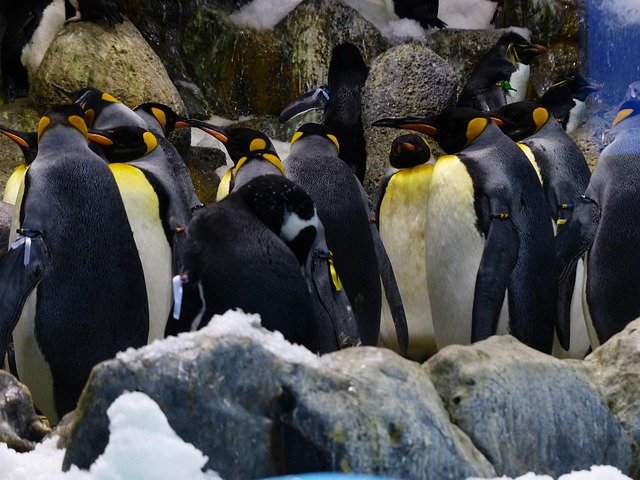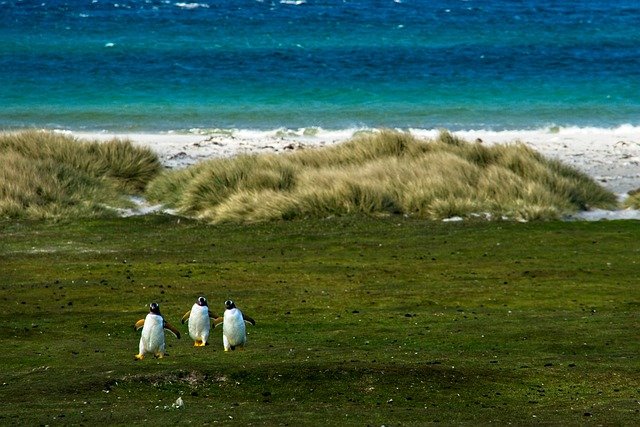**Title: "The Secret Lives of Penguins: Adaptations and Survival in the Harshest En

The Secret Lives of Penguins: Adaptations and Survival in the Harshest Environments
Penguins, the charming flightless birds of the Southern Hemisphere, have captivated the hearts of many with their waddling walks and tuxedo-like appearances. However, beneath their adorable exterior lies a remarkable story of survival and adaptation in some of the harshest environments on Earth.
Unique Adaptations
1. Insulating Feathers
Penguins are equipped with a layer of tightly packed feathers that provide exceptional insulation against the cold. These feathers are waterproof, allowing them to stay dry while swimming in frigid waters. Beneath their feathers, a layer of fat, or blubber, further enhances their ability to retain heat.
2. Streamlined Bodies
Their streamlined bodies are perfectly designed for swimming. With a torpedo-like shape, penguins can glide through the water with minimal resistance, allowing them to reach speeds of up to 15 miles per hour. Their flippers are adapted for propulsion, making them agile hunters as they chase after fish and krill.
3. Social Behavior
Penguins are highly social animals, often forming large colonies that provide safety in numbers. This social structure is crucial for their survival, as it helps protect them from predators and allows for cooperative breeding and rearing of chicks. The famous "huddling" behavior seen in Emperor Penguins is a prime example of how they conserve warmth during extreme cold.
Survival Strategies
1. Breeding in Harsh Conditions
Many penguin species breed during the harsh winter months when food is more abundant in the surrounding ocean. For instance, Emperor Penguins endure the brutal Antarctic winter, with males incubating the eggs on their feet while fasting for weeks. This remarkable commitment ensures the survival of their young.
2. Diving Abilities
Penguins are exceptional divers, capable of reaching depths of over 1,800 feet in search of food. Their ability to hold their breath for extended periods—up to 20 minutes—allows them to access resources that many other marine animals cannot reach.
3. Communication Skills
Penguins have developed a unique system of vocalizations and body language to communicate with each other in their noisy colonies. This is especially important for parents to recognize their chicks among thousands of others, ensuring they can provide care and protection.
Conservation Challenges
Despite their remarkable adaptations, penguins face numerous threats due to climate change, overfishing, and habitat destruction. The melting ice caps and changing ocean temperatures are affecting their breeding grounds and food availability. Conservation efforts are crucial to protect these fascinating birds and their habitats.
Conclusion
The secret lives of penguins reveal a world of incredible adaptations and survival strategies that allow them to thrive in some of the planet's most extreme environments. As we continue to study and learn from these remarkable creatures, it is essential to advocate for their conservation and ensure that future generations can witness their charm and resilience.
By understanding and appreciating the lives of penguins, we can foster a deeper connection to the natural world and the importance of preserving it. Let us work together to protect these extraordinary birds and their habitats for years to come!
